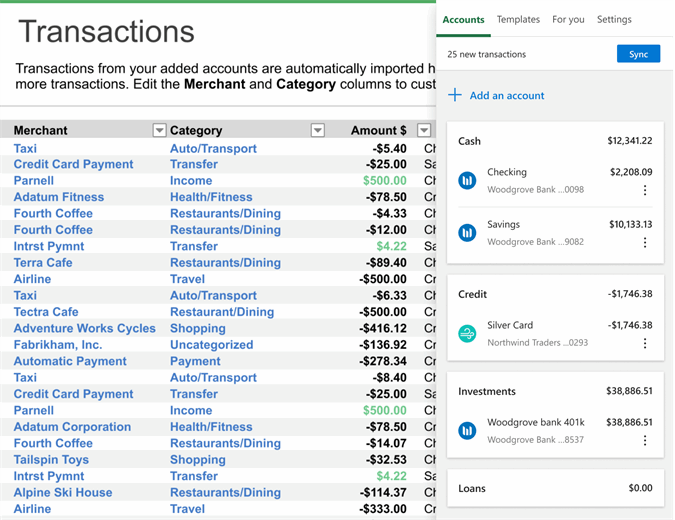

The next step up is adding full simultaneous contouring control to an otherwise similar machine configuration, represented by DMG MORI’s DMU series. With a C-frame construction, Wallace says, these universal machining centers also allow the spindle to be set in a vertical or horizontal orientation.
#Horizontal five axis dmg mori series
In DMG MORI’s case, a swivel rotary table is integrated into the CMX U series of 3+2 machines. Still, almost any plane of the workpiece can be presented to the spindle, and surprisingly complicated parts can be cut efficiently. With a 3+2 machining center, the fourth and fifth axes are locked down while the part is machined. But a machine with an integrated tilt table offers better machining performance and is easier to set up and programme. This of course can be accomplished with an auxiliary two-axis table on a standard three-axis machining center. For small to medium machines, that typically means a three-axis machining center with a tilting rotary table to position the part. The simplest and least expensive way to get at five sides of a part is with a 3+2 machine configuration. This consideration alone will narrow your choices and help you compare features of various machine models within the required range. If the parts are large and heavy, an articulating head possibly on a gantry-style machine or a horizontal machining center may be the only option. How big are they? How much do they weigh? What levels of accuracy do they require?įor example, if the parts are small to medium size, with today’s technology, a tilting-table-type machine is going to be the best bet. It’s a great opportunity to differentiate the shop from lower tech competitors and build a more profitable business.įirst, consider your parts. This enables quick turnaround for short-run and prototype work on high-value parts.

Particularly for job shops, 5-axis machining enables complex parts to be cut from solid material that otherwise might have to be cast. A shorter tool results in less vibration, allowing for heavier or faster cutting, better surface finish and longer tool life. This is particularly important in die/mould work where the use of toolholder extensions is common to reach deep cavity surfaces. The justification for a 5-axis machine on these grounds is simple, with dramatic reductions in total setup, machine time and reduced fixturing.Īnother inherent advantage of 5-axis machining is it can use shorter tools because the tool/toolholder combination can be tipped away from otherwise interfering surfaces or features on the workpiece. With the done-in-one approach, those additional setups are eliminated in addition to potential for error each time you reposition a part. With three-axis machining, jobs might require two, three or more setups to get at all the features of the part. While it certainly excels at that, a significant majority of the applications are simply used to enable the machining of five sides of a workpiece in a single setup. Some people mistakenly think 5-axis technology is only for the most complex parts. Whether you’re looking to introduce five axes for the first time or need higher machining capacity, there are a wide variety of options to consider. With some 47 models of 5-axis machines in a variety of configurations, he says, DMG MORI is well-positioned to address the transition to increasingly sophisticated 5-axis machining technology. As the parts get more complex, the payback increases with the ability to generate intricate workpiece features or contours that cannot be machined efficiently, or at all, with a conventional three-axis machining center.īut with so many ways to go about 5-axis machining, how do know what is the best buy for your shop? DMG MORI’s general manager of Aerospace Center of Excellence, Jeff Wallace, offers some insight. If for no other reason than being able to eliminate additional setups or processes, this technology can be justified in a wide range of applications, and at a surprisingly affordable cost. First, it gives you access to all five sides of a prismatic workpiece. There are plenty of reasons to take advantage of today’s 5-axis machining technology. Then, look at existing processes and potential 5-axis benefits. With so many choices in 5-axis machining technology, how do you know which is best for your shop? First, consider the parts.


 0 kommentar(er)
0 kommentar(er)
